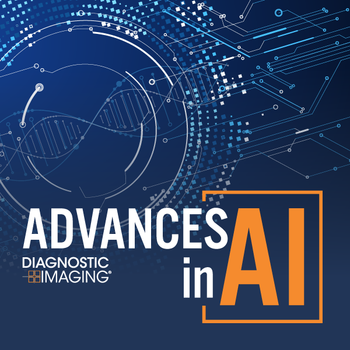
Brain MRI May Help Identify Vulnerability for PTSD
Magnetic resonance imaging of brains of adolescents before and after the Boston marathon attack provides insight on risk factors for PTSD, study finds.
Magnetic resonance images detected heightened amygdala reaction to negative emotional stimuli, which may be a risk factor for posttraumatic stress disorder (PTSD), according to a study published in the journal
Researchers who had performed neuroimaging studies on 15 adolescents in the year prior to the Boston marathon bombing in April 2013 contacted the teens (mean age 16.5 years) after the attack to examine associations of neural function measured prior to the attack with PTSD symptom onset after.
"The amygdala responds to both negative and positive stimuli, but it's particularly attuned to identifying potential threats in the environment," coauthor author Katie McLaughlin, PhD, said in a release.
During the scans performed prior to the attack, MR imaging measured blood flow to the amygdala and hippocampus as the adolescents viewed neutral images, such as a chair or button, and negative images, such as people who were sad, fighting or threatening someone else. The participants also rated the degree of emotion they felt while looking at each image.[[{"type":"media","view_mode":"media_crop","fid":"25822","attributes":{"alt":"brain MRI","class":"media-image media-image-right","id":"media_crop_6715840992983","media_crop_h":"0","media_crop_image_style":"-1","media_crop_instance":"2424","media_crop_rotate":"0","media_crop_scale_h":"0","media_crop_scale_w":"0","media_crop_w":"0","media_crop_x":"0","media_crop_y":"0","style":"line-height: 1.538em; height: 134px; width: 201px; border-width: 0px; border-style: solid; margin: 1px; float: right;","title":" ","typeof":"foaf:Image"}}]]
After the bombing, the adolescents answered questions about where they were during the bombing, how much media exposure they had after the attack, whether they were part of the lockdown while authorities searched for the suspects and how their parents responded to the incident. The teens also responded to questions about specific posttraumatic symptoms related to the attack.
The results showed that an increase in the blood oxygen level dependent (BOLD) signal to negative emotional stimuli in the left amygdala was strongly associated with PTSD symptoms after the attack. “Reduced bilateral hippocampal activation during effortful attempts to down-regulate emotional responses to negative stimuli was also associated with greater posttraumatic symptoms,” the authors wrote. “Associations of amygdala reactivity with posttraumatic symptoms were robust to controls for pre-existing depression, anxiety, and PTSD symptoms and prior exposure to violence.”
The authors concluded that amygdala reactivity to negative emotional information might represent a neurobiological marker of vulnerability to traumatic stress and, potentially, a risk factor for PTSD.
"The more we understand the underlying neurobiological systems that shape reactions to traumatic events, the closer we move to understanding a person's increased vulnerability to them," McLaughlin said. "That could help us develop early interventions to help people who might develop PTSD later."
Newsletter
Stay at the forefront of radiology with the Diagnostic Imaging newsletter, delivering the latest news, clinical insights, and imaging advancements for today’s radiologists.




























